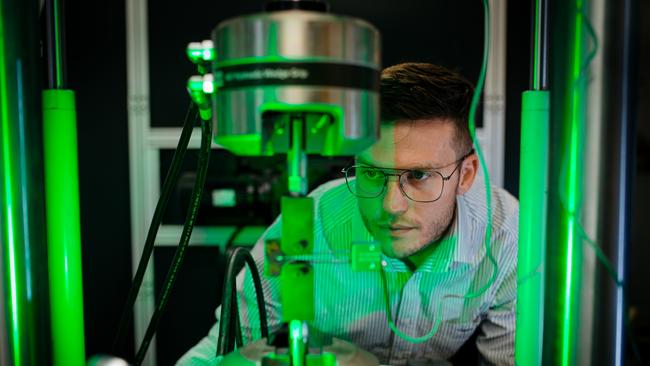APA Group targets hydrogen for Victoria’s gas grid
Australia’s biggest gas pipeline company, APA Group, plans to introduce hydrogen across Victoria’s transmission system.

Australia’s biggest gas pipeline company plans to introduce hydrogen across Victoria’s transmission system, the latest step by industry to explore infrastructure access needed to handle growing interest in the fuel.
APA Group wants to test the state’s gas transmission network for blending hydrogen as part of a proposal submitted to the Australian Energy Regulator under its five-yearly access arrangement. Almost all gas in Victoria is consumed through APA’s regulated Victorian Transmission System, but any investment first requires sign-off by the AER.
The scheme would test 39 sections of the Victorian network under pressurised hydrogen conditions. APA will work with producers and customers on infrastructure and connections needed should the trial prove successful.
“This landmark hydrogen study proposes to assess the Victorian gas transmission network to safely transport hydrogen blends, which could put Victoria in the box seat to achieve the least cost, fastest, and most efficient transition to a low-carbon future,” APA CEO Rob Wheals said.
APA has an existing pilot project in Western Australia for the proposed conversion of 43km of the Parmelia gas pipeline into Australia’s first 100 per cent hydrogen-ready transmission infrastructure.
Big energy companies including APA are already concerned by a move from the Victorian government to pursue a road map to substitute gas for other energy sources such as renewables as part of its net zero emissions goal by 2050.
Keeping gas in the grid would save $12bn-$14bn annually from 2050 in ongoing electricity maintenance and capital expenditure costs, the companies told the Andrews government in their submissions back in August.
Using the existing gas transmission network was the best approach to allow the state access to fuels including hydrogen and biogas, APA said. “While natural and renewable gases are crucial in maintaining system reliability during periods of low wind and solar generation, continuing to use gas infrastructure can reduce emissions at much lower cost to customers than electrifying the services provided by gas,” Mr Wheals said.
APA rival Jemena wants to roll out renewable gas using existing infrastructure to hit net-zero emissions by 2050 while Australian Gas Infrastructure Group started flowing hydrogen into Adelaide’s gas grid for the first time in August.




To join the conversation, please log in. Don't have an account? Register
Join the conversation, you are commenting as Logout